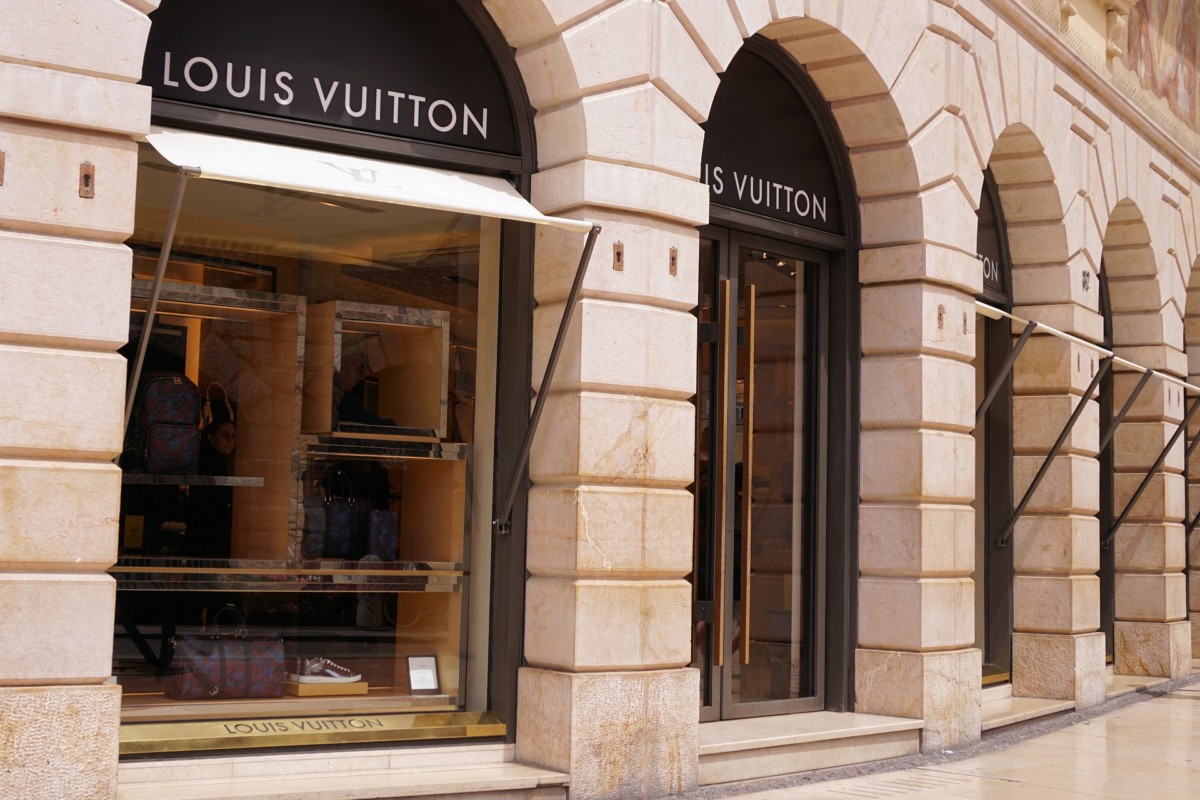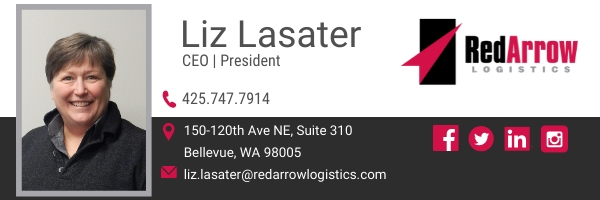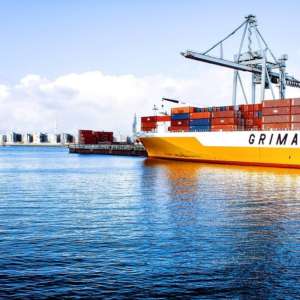On October 17, Trump attended a ribbon-cutting ceremony in a somewhat surreal place. He stood in the new 100,000 square foot Louis Vuitton workshop in Keene, Texas, a small country town with just over 6,000 people. On the factory wall hung an oil painting of the brand’s founder, Alex Katz, alongside a poster of George Washington.
The workshop is the third Louis Vuitton outpost in the US, joining two in California. The most valuable luxury brand in the world said that the new addition to their manufacturing fleet was there to “meet the ever-growing demand for Louis Vuitton products in the American market.” Indeed, the new outpost is a sign of the shift luxury brands are making in a world in which consumer tastes and global trade are in upheaval: they’re balancing the continuous upward climb of the luxury goods industry with the threat of future tariffs and need for more vertical integration.
Louis Vuitton claims the new workshop will create about 1,000 jobs over the next five years, arguably the first major fashion group to publicly align itself with the president. They’ve signed the “Pledge to America’s Workers,” a Trump administration initiative to bring “better jobs that deliver bigger paychecks” to US workers.
This is less about a mutually beneficial partnership between the working class and luxury goods manufacturers (as if such a partnership were likely) than it is a strategic disruption of a core tenet of high-end manufacturing. Once, high-end products had to be made where they were conceived. Louis Vuitton is now letting geopolitics influence their supply chain decision as they seek to sell luxury goods to the public without lowering prices. They’re seeking to streamline production and build a more agile supply chain.
In effect, this means that the product coming out of Keene will sport “Made in USA” labels, but the leather won’t be from Texan cattle. In fact, all the materials, including the leather, machinery, and even the thread are imported from Europe. The workers, on the other hand, won’t be the famous “petites mains,” French artisans at the center of the brand’s history. Instead, they will be workers trained on leather goods craftsmanship. This is not entirely new: the workshops in California make approximately half the bags sold in the US over the last 30 years.
While Louis Vuitton cuts costs with local assembly, more efficiently meeting local demand, they’re also benefitting from Johnson County’s ten-year, 75% tax abatement. And perhaps most importantly, they’re safe from any impending tensions between the EU and the US.
“I can’t tax him, because he moved to the United States,” Trump said of Mr. Arnault, chairman of Moët Hennessy – Louis Vuitton (LVMH) and 3rd-richest man in the world. “He has no tariffs whatsoever because he’s in the United States. So, we’re very happy about that. Very happy.”
The Future of Luxury
Revenue from the global luxury goods industry is estimated to reach $71.8 billion in 2019. It is expected to grow annually by 0.7%, as marketing gurus avow that “consumers everywhere at every income level want more luxury.”
The US is currently the largest luxury market in the world, though China is expected to take the top spot for the first time very soon– probably within the year. Part of this growth can also be attributed to increasingly large margins, as established brands get more strategic about integration and supply chains.
Taking vertical ownership can ensure longevity, sustainability, and artistry while reducing risk. If a bran owns the factory and has their design team and development process under one roof, they can be more agile and afford to more easily invest in, say, developing sample collections.
According to Franck Delpal, an expert in vertical integration and a professor at Institut Francais de la Mode in Paris: “If you control the greater part of your supply chain, you get margins at every step, and at the end of the day, it creates big business.”
If Louis Vuitton is any indicator, luxury good brands who are established enough in their reputation may be seeking to rearrange their supply chain– bringing manufacturing to surprising places.
Your Trusted Partner
Red Arrow provides expertise and white glove customer service with fast-growing, complex, and high-value supply chains. As the next-generation model of logistics companies, Red Arrow offers tailored transportation and logistics solutions – from single shipments to complex over-dimensional and international orders.
Red Arrow offers the scale and scope of services including air, ocean, and ground transportation to meet the budget and schedule requirements of the largest and smallest companies alike. If we can be of assistance, please email me at liz.lasater@redarrowlogistics.com or give us a call 425-747-7914.





